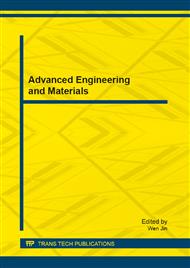p.607
p.612
p.617
p.622
p.628
p.635
p.640
p.646
p.652
Numerical Analysis on the Influence of the Unsteady Effect upon the Flow Characteristics in a Human Airway
Abstract:
The focus is on the unsteady effect on the flow characteristics considering the real respiration in a human airway. In order to capture the unsteady effect, the flow characteristics were investigated and compared with that of steady flow by using the computational fluid dynamics technique. The real respiratory flow rate in a light workload was appliedto the inlet of airway. The unsteady effects especially appear when the flow rate accelerates in the inspiratory and the expiratory phase than other times in a breath cycle. The size of the flow recirculation zone, the turbulence fluctuation and the secondary flow intensity decrease because the unsteady effect reduces the strength of jets passing through the constriction of airway by interfering with the flow. These results imply that the unsteady effect should be considered to investigate the flow characteristics and the particle movement in a human airway.
Info:
Periodical:
Pages:
628-634
Citation:
Online since:
February 2013
Authors:
Price:
Сopyright:
© 2013 Trans Tech Publications Ltd. All Rights Reserved
Share:
Citation:


